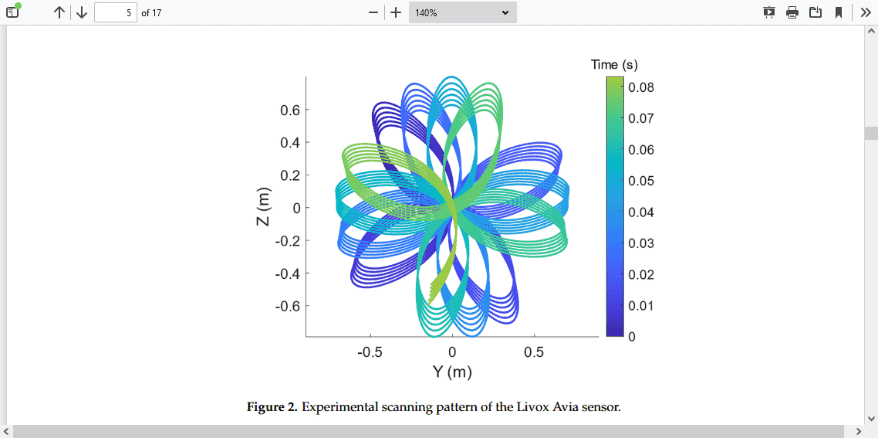Let There Be LiDAR Onboard Your UAVs
It’s a Million Times Faster Than Radar

As urban air mobility (UAM) moves ever closer to urban air reality – many of the fleets under consideration will be uncrewed. Much of the conversation – and research – is focused on the benefits this revolutionary mode of transportation will yield. Some, however, like the scientists in the Engineering Physics Group at Spain’s University of Vigo Ourense campus, have their sights set on the potential risks.
Benefits of LiDAR on Uncrewed Aerial Vehicles (UAVs)
A research team, led by Professor Higinio Gonzalez-Jorge, along with Enrique Aldao, and Luis M. González-de Santos, sought to weigh the benefits of using LiDAR (Light Detecting and Ranging)-based detect-and-avoid systems on multirotor uncrewed aerial vehicles (UAVs) to mitigate risks.
The researchers’ hope was that LiDAR systems could be more responsive to unexpected aerial impediments, especially if those UAVs are operating beyond the visual line of sight (BVLOS). The study was published in LiDAR Based Detect and Avoid System for UAV Navigation in UAM Corridors in July 2022.
The researchers simulated the use of a Livox Avia, a time-of-flight sensor which operates by sending synchronized pulses of infrared light in six directions to detect and measure distances of any obstacles in its planned flight path.
Show Me the Obstacles . . . Using LiDAR
Using the point clouds from the LiDAR sensor, the study was able to accurately measure the position and speed of obstacles entering the flight path. The rapid calculations the LiDAR provided facilitated collision avoidance of stray objects entering the flight path in real-time.
In future studies, the engineers plan to study the effects of meteorological phenomena, such as wind gusts, on UAVs. They hope to develop an algorithm that will allow UAV operators to dynamically adapt to their flight path accordingly.


